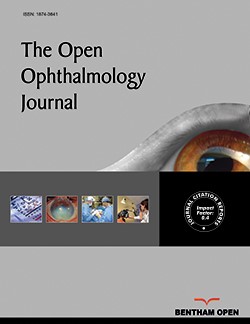All published articles of this journal are available on ScienceDirect.
Profiling of Retinopathy of Prematurity (ROP) Patterns at Various Gestational Ages in a Tertiary Care Institute in North India: A Retrospective Study
Abstract
Background
Retinopathy of prematurity (ROP) is a vasoproliferative retinal disorder that primarily affects preterm newborn children. The majority of ROP cases occur in developing countries because of socioeconomic conditions, large populations, and a lack of NICU care.
Methods
During the five years between 2019 and 2023, this retrospective study was conducted at a single tertiary care facility in North India. The patient's pupil was dilated using a diluted tropicamide and phenylephrine combination during the ROP screening process. Along with the neonatologist, oxygen and other life support, all aseptic precautions were followed throughout the assessment.
Results
Throughout the full-time frame, 700 preterm newborn infants who were screened had a mean birth weight (BW) of 1353 g ± SD of 430.48, and the mean GW was 28.66 ±SD of 1.12. Peripheral avascular (stage 0) and zone 3-stage 1 patients had the highest ROP cases. Similarly, 71.42%, 64.28%, 60.29%, 82.6%, 91%, 92.72%, 97.67%, 97.95%, 96.38%, 100%-&-100% of the ROP patients in GW26 to 36 matured without intervention in stage III compared to stage I ROP. Furthermore, analysis of our data revealed that 14.28%, 35.7%, 39.5%, 16%, 10%, 5%, 2%, 2%, and 3% of patients with ROP had GW26 to GW34, respectively. Of these, 14.28%, 25%, 22%, 10%, 7%, 2%, 2%, and 2% of ROP patients with 26–34 GW required intravitreal anti-VEGF injections in addition to LASER treatment, whereas 14.28%, 10.7%, 5.88%, and 1% of ROP patients with 26, 27, and 28 weeks of gestation, respectively, required only LASER treatment.
Conclusion
Hence, these findings suggest that the incidence of ROP is greater in the 27th and 28th GWs. These findings also suggest that as individuals grow from 31 to 36 GW, ROP regresses without intervention, indicating that premature births between 26 and 30 GW are more prone to ROP than pregnancies between 33 and 36 GW. These data imply that intravitreal anti-VEGF injections, in conjunction with laser treatment, are effective.


